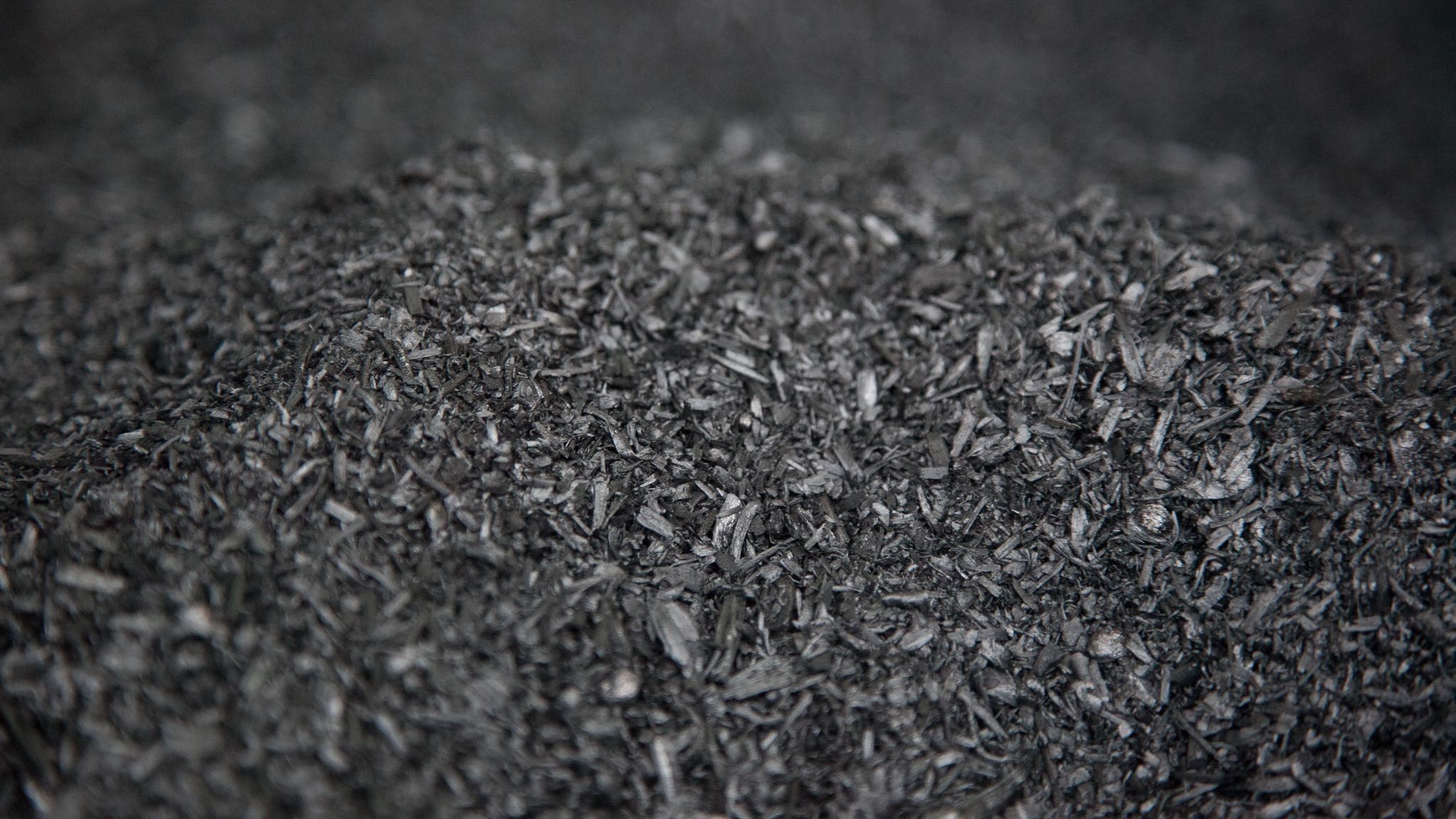If I told you that there was a soil amendment capable of: sequestering carbon; improving water holding capacity; increasing pH and CEC; capturing, holding and preventing nutrient leaching; reducing the need for mineral fertilisers; enhancing soil biology; increasing plant growth, productivity and health; remediating damaged and polluted soils; and reducing greenhouse gas emissions, you might reasonably be skeptical.
But with over 4000 peer-reviewed scientific publications on the topic, the evidence is mounting to back up this long list of claims. The material is biochar.
An important qualification is that biochars are a very diverse range of materials (different biomass types and production conditions can have a major influence on outcomes in farming systems and ecosystems). Combinations of different biochars, soils, climates and agriculture systems lead to a wide range of outcomes. In general, the poorer the soil, the more it will benefit. In a business context the combinations that work have to provide an acceptable economic or environmental ROI. How do you find recipes that work for specific scenarios and environments in NZ?
For me the answer is simple – we encourage folk to go out and experiment with the stuff. I’ve probably now got a few farm advisors and HSE specialists inhaling their tea so let’s consider what could go wrong.
The first question you could ask is what is biochar? There are many definitions but one could be ‘charcoal destined for the soil instead of a fire’, although a gross over-simplification.
So if biochar is just charcoal then we can use BBQ fuel charcoal and test it on the carrots and lettuces in the garden? The properties of charcoals and biochars depend on how they are prepared (production temperatures for instance are very important) and what they are made from. Typical BBQ charcoals will be produced in a way optimised for fuel production and will likely not be a suitable material for use in gardens.
A better way to start exploring the qualities of biochar may be to make your own. This is not difficult and can be a lot of fun, providing a more-constructive outlet for the people with a keen interest in fire. Making biochar is a huge subject on its own and better explored separately by the reader. I refer you to a recent article published in a Malaysian agriculture journal on biochar production (declaration of interest here!).
Biochar production may rub up against fire restriction rules in an urban environment. This has already become an issue for one biochar producer in suburban Auckland.The key is to make your method fit within existing bylaws. For example, burning rubbish is illegal but burning wood on a barbecue is perfectly legal. Summer may have more restrictions than winter.
Many farmers, orchardists and land managers have a lot of excess woody biomass to deal with each year from wood-fall or pruning. Current options include firewood, chipping/mulching, landfill, pile-up-ignore, Guy Fawkes. Actually, an annual 5th Nov. biochar production celebration around the country could sequester a lot of carbon… we just need to learn how to manage a fire to create charcoal instead of smoke. Artizan fire management is probably one of the most practical and simple pathways to farm scale biochar production.
You can up-skill on this via the Backyard Biochar website.
Most readers will not have the required interest in pyromania to process your own biomass into biochar. There are a number of producers and suppliers listed in NZ to allow you to begin a journey, exploring biochar efficacy in your garden soil. It should be emphasised that it is generally not a good idea to amend your soil with raw or fresh biochar as it has a tendency to soak up nutrients from the soil if it has not previously been ‘charged’ with other nutrients. This is another “what could go wrong” moment but the risks and consequences of a few folk getting it wrong hardly merit warnings against dabbling with biochar.
What are some of the other risks and consequences around biochar production and application for ‘citizen scientists’ or farmers?
- avoid driftwood (the salt can be a precursor for dioxin gas production)
- you could get burnt (be careful) or set fire to the neighborhood (have a hose handy)
- use only clean biomass (avoid treated or painted timber)
- you could breathe in nasty gases and particulates (biochar production, if done right is MUCH cleaner than being near typical open field or pile burn
- handling biochar products while damp is advisable to control dust
- you could have poor or negative growth response from your plants (fresh, raw biochar can behaving like activated carbon… sucking up plant available nutrients like a sponge and slowly releasing them over time. Biochars should be aged/matured before soil application – there are many options for turning your biochar into a ‘soil reef’ of nutrients and biology… passing through a compost process; soaking in nutrients, urine, humic acids; a bedding cycle for your chicken coop; add smaller quantities periodically, with your mulch applications).
I’ve briefly discussed aspects of biochar production and soil application. There is also a rather long list of cascading uses for this black, carbon-rich stuff on its journey to sequestration in the soil including:
- building materials – a range of biochar-containing plasters, bricks, and concrete formulations are being developed and used
- a wide range of composite materials are emerging from many years of R&D, from packaging designed to be biodegradable releasing biochar as a soil/compost/manure amendment, through to potential carbonaceous construction materials designed to be far more durable than wood.
- animal feed supplement (results from overseas research trials has shown a range of potential benefits for poultry, livestock and fish…reduced methane emissions, improved weight gain, improved feed conversion efficiency (more nitrogen becoming protein in meat and less becoming a pollutant in waste streams – local trials will be need to see if these benefits work in NZ farming systems) and it is also a great pathway for getting biochar to the soil via manure
- nutrient capture and recovery to protect waterways
- a component in engineered soils from green roofs and green walls through to urban farming and engineered wetlands
- a soilless media for hydroponics or aquaponics systems
- a remediation tool to bind specific contaminants in polluted soils or stormwaters
- 55 uses for biochar

Image © Kathleen Draper
The act of making biochar releases a large amount of the energy energy that plants collected from sunlight when growing. It is possible to collect this energy during biochar manufacture to supply heat, electricity or biofuels as co-products.
But maybe the most important issue not yet discussed relates to climate change. How will our government meet the obligations that they have signed us up to at COP21 and the French ‘4 per 1000’ soil carbon building initiative? Biochar could offer another happy ending via carbon sequestration.
Biochar production can convert about 50% of the carbon in biomass from a labile form (which often returns to air as CO2 within years or decades) into a stable recalcitrant carbon form (expected to last centuries or millennia). This could turn out to be biochar’s most important attribute and function in the coming years.




Leave a comment